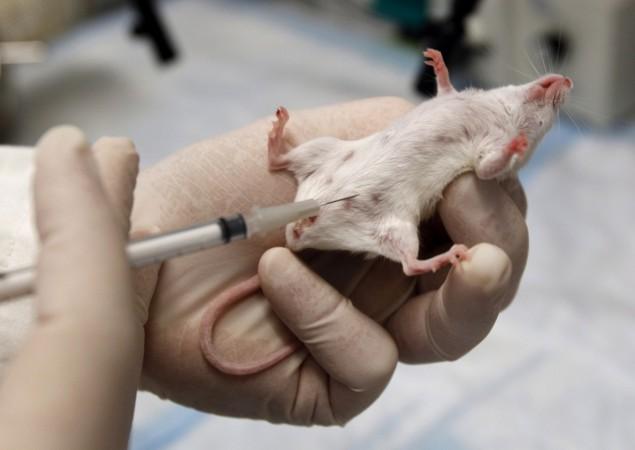
Japanese scientists have made magical happenings that take place only in fictions and movies come true by developing almost transparent dead mice.
The impossible-looking feat was achieved by developing a method that combines tissue decolourisation and light-sheet fluorescent microscopy to take extremely detailed images of the interior of organs or an entire organism.
The work opens new possibilities in allowing scientists to make tissues and whole organisms transparent and aids them to get images of extreme precision and single-cell resolution, the scientific website Phys.org notes.
The technique, that almost completely removes colour from tissue and kills the mouse in the process – will give scientists a "new understanding of the 3D structure of organs and how certain genes are expressed in various tissues," AFP quoted Kazuki Tainaka, the lead author of the research paper, published in a US-based cell magazine.
"We were very surprised that the entire body of infant and adult mice could be made nearly transparent," he said in a statement issued by Japanese research institute RIKEN, which worked in the research.
The work, which also saw the involvement from the University of Tokyo and the Japan Science and Technology Agency, focuses on a compound called 'heme', which is responsible for giving blood its red colour, that is found in most of the tissues.
In the process, a saline solution will be pumped into the mouse's heart to push the blood out of the circulatory system, thereby killing the creature. The dead mouse will be skinned and soaked in the reagent for about two weeks to complete the process, whereby it becomes completely transparent.
"Microscopes have so far allowed us to look at things in minute detail, but that has also deprived us of the context of what we are looking at," Tainaka added.
However, this latest technique cannot be applied in living creatures, but researchers believe that it could be used to know "how embryos develop or how cancer and autoimmune diseases develop at the cellular level."
















